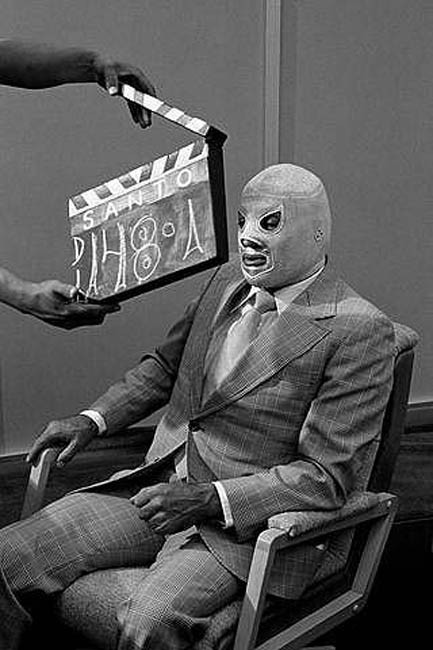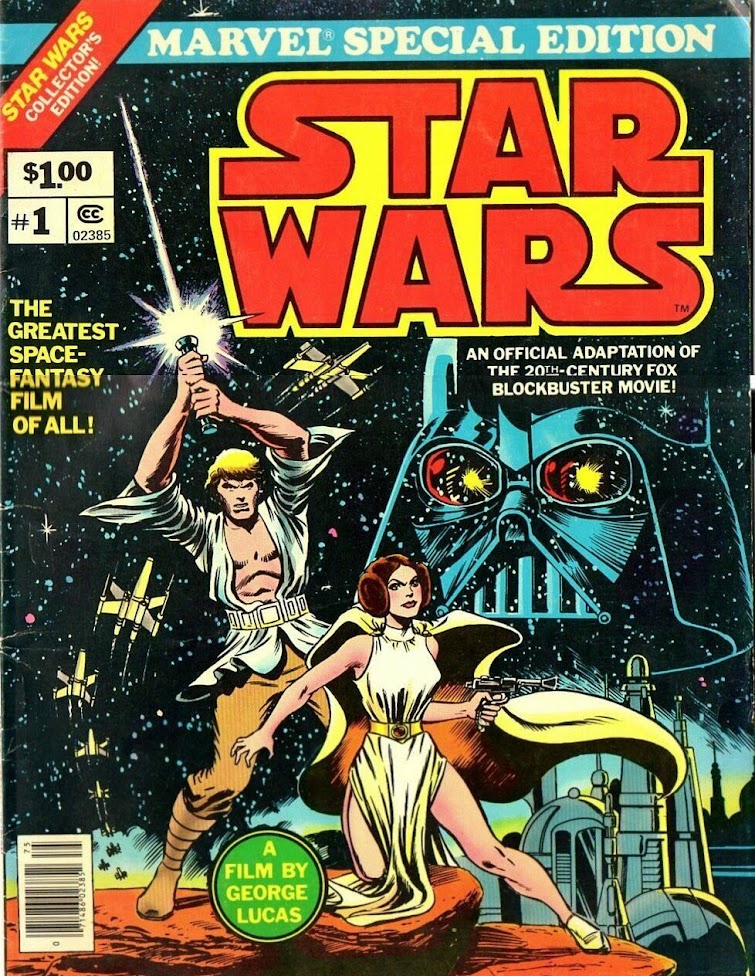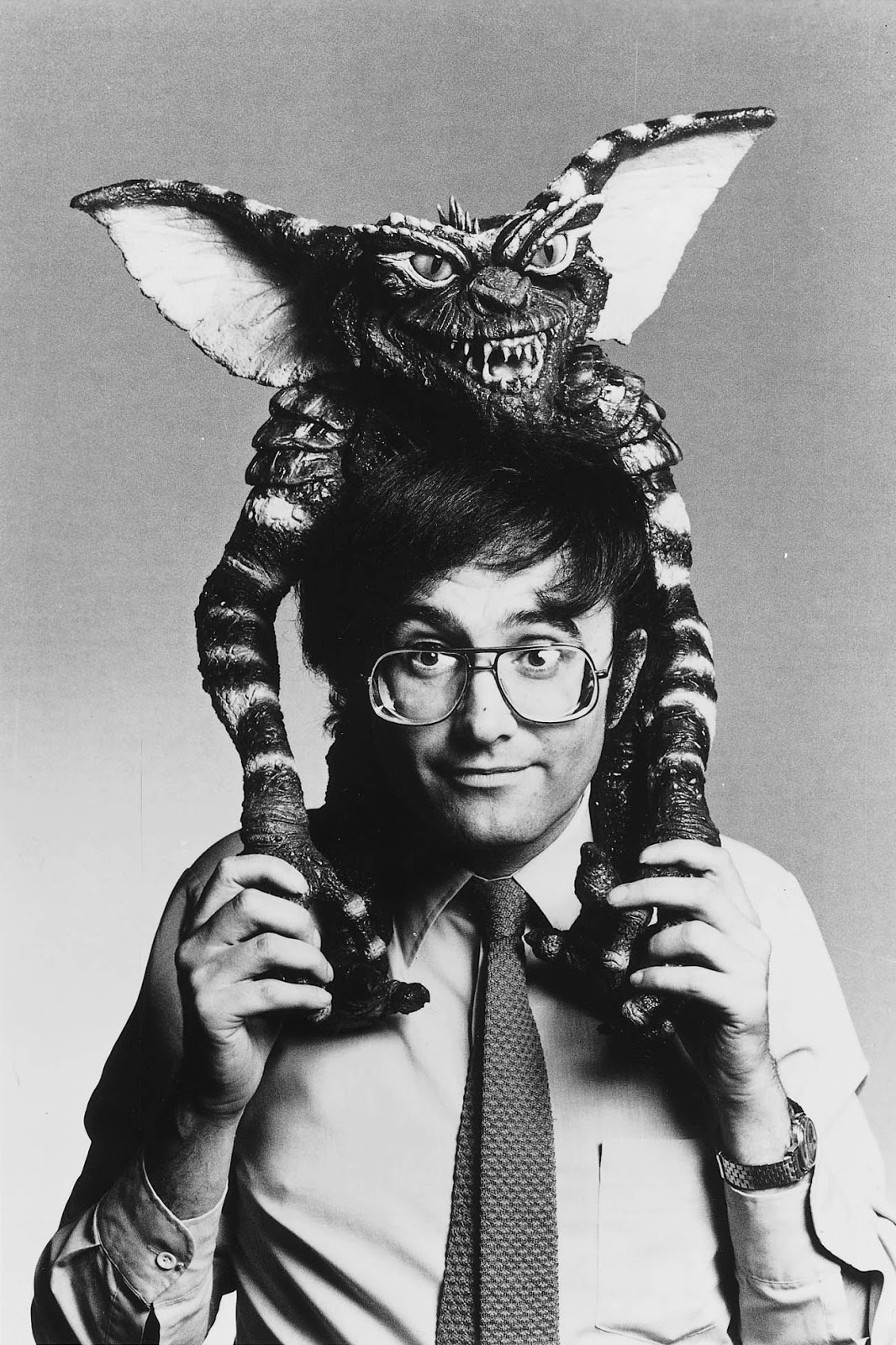The wrestler who saved the world Part 2: The Man in The Silver Mask.
As I had mentioned in the first part of this article, I grew
up watching wrestling on TV and reading comic books. But this took a whole new
meaning when one late night, a French speaking channel aired a film called SANTO CONTRE LE TRÉSOR DE DRACULA (SANTO EN EL TESORO DE DRÁCULA, René
Cardona, 1969) in which a masked wrestler, who also just happened to be a
world-renowned scientist, was using a time machine to peer into past lives and
solve a mystery involving the infamous vampire. (A plot stolen almost word for
word from the 1957 movie LA MOMIA AZTECA,
but without the masked wrestler)
It was far from being the best film of Santo’s productive career. But for
the unsophisticated 8-year-old that I was, it was amazing. This masked Mystery
Man was heroic, brilliant and kicked ass. Everything a hero-worshipping boy needed.
But Santo wasn’t the first Masked wrestling hero in movies.
That honour belongs to the Phantom Athlete (L'ATLETA FANTASMA by Raimondo Scotti) back in 1919 Italy, which
portrayed a mild-mannered citizen who becomes a barrel-chested masked hero to
save the day. While not technically a pugilist, the look and template is eerily
similar to the plethora of enmascarados that would populate Mexican cinema in
the latter half of the century, and owed more than a little to the classic
masked wrestler sense of style.
 |
| Arguably the first Masked Wrestler in cinema, the Italian film L'ATLETA FANTASMA from 1919. |
Interestingly, it followed a well established trend that was
set up by the Maciste series that was all the rage in Italy in the 1910s, where
the character that was introduced in CABIRIA (Giovanni
Pastrone, 1914) generated his own series of popular films.
Not very surprising, as it seems that periods of strife, or war (like the one
that was tearing Europe at the time) tends to facilitate the sudden appearances
of heroes, both in fiction and real life. Young men, who are basically the target
audience for pulp heroes, may have an increased thirst for mystery men heroics
in those difficult days as they wait to be drafted. They may either dream of hiding an unknown
hero under their meek exterior, or wish some superior being will swoop down and
do the dirty work for them. The 1929 Crash and the Second World War were the most fruitful stages for the inception of this particular breed of heroes, as a veritable menagerie of
superheroes rained down literally from the sky to provide a source of escapism
and pulpish hope to the masses.
Meanwhile, in Mexico, this kind of influence
could also be observed to some extent. When Enrique Ugartechea created
his own style of ‘’free wrestling’’ (Lucha Libre) in 1863, it happened to be during the
French occupation of Mexico. A form of national pride was taking shape in exhibition of strength and skills. Then around 1900, as Mexico was in the midst of a
revolution against the dictatorship of Porfirio Díaz, two businessmen from
Italy, Giovanni Reselevich and Antonio Fournier, began promoting violent, no holds barred matches
between fighters, as a mean of distraction for the masses, and further planting the seeds for what would come
over 30 years later.
In 1934, the same year masked wrestlers started to appear in
Mexico, General Lázaro Cárdenas was elected President, and brought a series of
reforms that encouraged a sense of Nationalistic Pride. And when his successor
Manual Ávila Camacho, who was more conservative, decided to have Mexico join
the Allies in World War II, the table was set for the Mexican Wrestlers to make
their slow climb towards superheroism. In 1952, as the gap between the rich and the
poor widened in Mexico during an economic growth sparked by the fallout from
WWII, two major events in enmascarado history would occur that cemented that
ascent.
First, after 10 years in the ring as The Man In The Silver
Mask, Santo became the hero of his own comic book. His fame in the ring had
finally started to spill over and reached Pop Culture status. Comic book author
José Guadalupe Cruz, who had by that
point become a celebrity in his own right as the most successful comic book creator
in Mexico, a prolific movie writer and even actor, decided to launch a comic
series based on El Enmascarada de Plata that would end up lasting a full 30 years in
print. He would fight opponents as devious and varied as Rasputin, the Headless
Horseman, the Wolf Man, Merlin, the Cyclops or a giant octopus. Overall quite a bit more extraordinay than his usual opponents in the ring. The comic would end up selling
hundreds of thousands of copies a month.
 |
| The 1952 first issue of the Santo comic book, transforming the hero of the ring into a bona fide Superhero. |
Second, as wrestling developed as a major cultural form of escapism
in Mexico, it would make its way into the movies early on. But the wrestlers in
those movies would still not be masked. Until 1952 when HURACAN RAMIREZ was
released. The film, directed by Joselito Rodriguez, turned out to be so popular
that it spawned its own series, and the professional wrestler who performed under the mask in the
movie, Eduardo Bonada, was contracted to portray him in the ring after the
film’s release. He grew tired of covering his face after a few years, and Daniel
García Arteaga took over as Huracan
until his retirement in 1988. Arteaga would play the masked hero on screen in
five of the 8 Huracan Ramirez features, and even portray El Santo himself in a
biographical film.
Meanwhile, Santo himself was
being courted by producers to star in a movie, but he didn’t feel it was a lucrative idea, so he declined. Nonetheless in 1954, José G. Cruz, the author
of the acclaimed comic book, teamed up with director René Cardona to write the
film EL ENMASCARADO DE PLATA, where the hero was portrayed NOT by Santo, but by
real-life heel El Médico Asesino. El Médico had already honed his thespian
abilities in supporting roles in films like the wrestling comedy EL LUCHADOR FENOMENO in 1952. But even though he was the star of this new film, the titular
Man in The Silver Mask was actually the bad guy of the piece. It was all very
misleading and a bit dishonest for the long-time Santo fans who felt a bit
cheated.
But still the film
was a success, and inspired wrestler Fernando Osés to don a black mask and
become LA SOMBRA VENGADORA (The avenging Shadow) in a popular series of film
that would quickly become very western oriented, with the enmascarado playing
second fiddle to gauchos and Pancho Villa. The character would later appear in
the Royal Rumble of masked wrestler movies, THE CHAMPIONS OF JUSTICE (LOSCAMPEONES JUSTICIEROS, Frederico Curiel, 1971), although it is unclear that Osés
played the part then. Osés would play antagonist to his real life friend Santo
many times in the movies, and would also be instrumental in launching his film
career. More on that later.
One year later, in
1956, the multi-talented Wolf Ruvinskis, a retired wrestler turned actor, also
well-versed in tango singing and magic, redefined the masked wrestler genre by
appearing as El Vampiro in the first of those luchadores films to have an
outright horror theme, EL LADRONE DE CADAVERES (Fernando Mendez). His character
would be a template for NEUTRON, the black masked crime fighter he would
portray in a popular series debuting in 1960. Interestingly, Neutron was not a
wrestler in the sense we never saw him perform in the ring in the series, even
though he looked the part. He was a full-time super-hero.
In 1957, the second
film in the popular AZTEC MUMMY series, CURSE OF THE AZTEC MUMMY (LA MALDICIÓN DE LA MOMIA AZTECA, Rafael Portillo) featured yet another
Santo lookalike, El Angel, who failed to
live up to the Man in the Silver Mask’s legend. The film, along with others in
the Aztec Mummy series, would be purchased by American International and dubbed
and distributed statewide in the mid-sixties by the ‘’King of the Kiddie
Matinee’’ K. Gordon Murray, along with the NEUTRON series, popularizing the
genre for a whole generation of American kids catching those films on
television.
At this point, the ever popular Santo, after 16 years in the ring, still hadn’t made it to the movies. But in 1958, La
Sombra Avengedora himself would come to the rescue in the guise of frequent
adversary in the ring and friend Fernando Osés, who wrote for Santo a couple of
films that would be shot in Cuba on a shoestring budget. Directed by Joselito Rodriguez, SANTO CONTRA EL CEREBRO DEL MAL and SANTO CONTRA LOS HOMBRES INFERNALES,
the films were far from classics of the genre, and failed to launch Santo’s film career. As a matter of fact, they were shelved until 1961, when,
likely prompted by the NEUTRON series’ popularity, Santo gave another shot
at big screen stardom with SANTO CONTRA LOS ZOMBIES (dir. Benito Alazraki). This was the one to
strike gold for the silver masked strongman, and kick-started a film career
that spawned decades and firmly cemented his status as one of Mexico’s most famous
cultural figure.
The film was picked up for American distribution in 1964
under the title INVASION OF THE ZOMBIES, and whereas Santo was referred,
rightfully so, as “The Saint” in the film, his moniker varied in his
international adventures. He was named “Samson” in the English release of
1962’s SANTO VS. LAS MUJERES VAMPIRO (dir. Alfonso Corona Blake), and
“Superman” in the French release.
Santo was starting to be a bona fide movie star, his salary
jumping from 1700$ for his performance in SANTO CONTRA LOS ZOMBIES, to over
9000$ per film when he started working for producer Enrique Vergara in 1964
with EL HACHA DIABÓLICA.
As the political situation become more troubled in Mexico in the sixties, Santo's heroic figure would at times become questionable. The Tlatelolco Square massacre on October 2 1968 of over 300 student protesters by the police and military (although no government official would take credit for that decision) created a sense of unrest in the masses. One wonders if this didn't lead to the statement made by the the main bad guy in SANTO Y BLUE DEMON CONTRA DRACULA Y EL HOMBRE LOBO (Miguel M. Delgado, 1973) as he accuses Santo of being a ''retrograde man who still believes in truth and justice''. Whether there was a form of social criticism in that statement or not, it didn't slow down Santo's rise at the box office. If anything, 1973 was probably the peak of his film career.
His best film is arguably SANTO CONTRA EL DR MUERTE (Rafael R. Marchent, 1973), a rare co-production with Spain that featured better production values than most of his other films, something not hard to fathom when you consider that the very same year, Santo had starred in 7 other films. Quality was not the name of the game, but quantity. His fans were claiming more and more of the adventures of the versatile and virtuous hero. And he complied. He made
in his career 52 films that ranged in style from crime drama, horror, science-fiction, spy
mystery, comedy and even soft-core pornography.
Actually, two of his
films were released in two versions, one family friendly and one of them
including nudity to appeal to foreign distribution. The aforementioned SANTO EN EL TESORO DE DRÁCULA was also
released under the unequivocal title EL
VAMPIRO Y EL SEXO, and the 1970 film SANTO VS. THE RIDERS OF TERROR (SANTO CONTRA LOS JINETES DEL TERROR) saw a parallel adult release under the title
LOS LEPROSOS Y EL
SEXO. However, these two films directed by the ubiquitous René Cardona, no
stranger to putting smut in exploitation films, were not the norm in the Santo
series, as our hero, appropriately enough, frowned on the addition of nudity in
films that were ultimately aimed at a broader audience. He felt rightly that they were tarnishing his wholesome image.
Santo’s icon status was so important that his
identity managed to remain a secret in Mexico all through his career, as he never
revealed his face to the general public. In the film EL HACHA DIABÓLICA, he actually removes his mask in front of his love interest, but he does so, facing away from the camera, and reportedly used a body double because he didn't want the actress to see his actual face. This unmasking in the intimacy of his love life is also alluded to in SANTO CONTRA LA HIJA DE FRANKENSTEIN (Miguel M. Delgado, 1972), as his love interest Norma confides to her sister ''When we are alone, he takes the mask off. If you saw him without it, you would also be crazy for him''.
His commitment to keeping his identity a secret was such that he devised a ploy to be able to go to court when author José G. Cruz wanted to replace the Santo character in his comic books with athlete Hector Pliego, who wore a suspicious ''S'' on his forehead. To be able to protect his identity in the Second Criminal court of Mexico, which forbids him to wear his mask during the proceedings, he instead covers his face in bandages and wears sunglasses, under the pretense of a wrestling accident. He won the case.
 |
| Hector Pliego as the ersatz Santo in the José R. Cruz comic book. |
A long standing rumour has it that he even wears a mask on his passport photo. But the reality is that he has a standing agreement with U.S. Customs to be able to remove his mask in a private room in front of an officer, in order to keep the legend alive. He would also have a special chinless mask so he could eat in public while keeping his face covered.
On January 26, 1984, the investigative TV series Contrapunto invited Santo to talk on the topic of wrestling in a story entitled ''Circus, acrobatics, theatre or sport?'' Ten minutes into the show, to the surprise of flabbergasted viewers and the consternation of the panel, he offers a bashful glimpse at his face. The following day, the tabloid press in Mexico is having a field day with the photo showing his face. But a lot of the readers remain unconvinced that this was the ''real Santo''.
 |
| Rodolfo Guzmán Huerta, AKA El Santo |
He died of a heart attack at
the age of 66 ten days later, on February 5th, during an appearance on a variety show at the Teatro Blanquita.
Like Bela Lugosi who was buried wearing his
Dracula cape, Santo was entombed sporting his famous silver mask. He would
carry his legend to his tomb. His funeral was one of the largest in Mexico's history and out of respect, many of his friends wore their own masks at the funeral.
In 1999, SOMOS magazine attempted to publish private, unmasked photos of Santo. His youngest son, who is perpetuating the professional legacy as El Hijo Del Santo, threatened to sue to magazine who wisely decided to abandon the story. It was later found out that one of Santo's ten other sons had tried to sell the photos for a quick buck.
Santo left behind a legacy that still thrives to this day, over a hundred years after his birth, and is in no danger
of vanishing.
His lineage and influence will be the topic
of our last part of this article. Coming soon.
Thanks to André Dubois for his help by digging in his brain this article.
Partial list of sources:
Books:




















Comments
Post a Comment